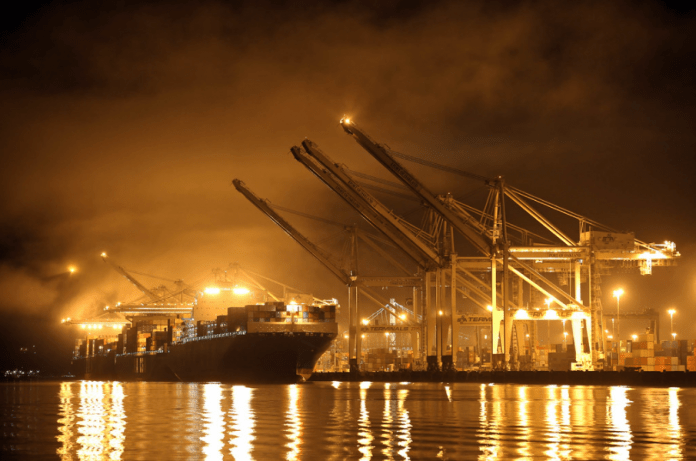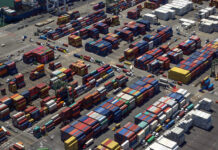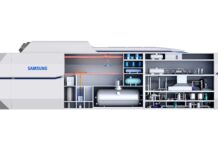
The Port of Oakland has reduced diesel particulate matter emissions (DPM) by 86% over 2005 levels, according to the findings of the 2020 Seaport Air Emissions Inventory, while nitrous oxide (NOx) emissions were cut by 40% and sulfur oxides were slashed by 95%.
All these reductions were beyond the original goals set in the Maritime Air Quality Improvement Program (MAQIP), the port’s Master Plan for emissions reduction.
“This huge reduction in harmful emissions is a tremendous achievement,” pointed out the port director of environmental programs and planning, Richard Sinkoff.

The 2020 Seaport Air Emissions Inventory included six categories of mobile sources: ocean-going vessels, harbor craft such as tugboats, cargo-handling equipment, on-road trucks, locomotives and other off-road equipment, such as construction equipment.
“The Port exceeded all emissions reduction goals set in 2008 in the Port’s Maritime Air Quality Policy Statement,” said Port Environmental Planner/Scientist, Tracy Fidell, who noted that reductions for harmful emissions were achieved despite an increase in cargo volume, as container throughput at the Oakland Seaport was almost 8% higher in 2020 than in 2005.
Port officials recognized BAAQMD (Bay Area Air Quality Management District) WOEIP (West Oakland Environmental Indicators Project), CARB (California Air Resources Board), trucking companies, marine terminal, rail, and tugboat operators, ocean carriers and the local community for all coming together and working diligently to fulfill the commitments outlined in MAQIP.
“Zero emissions at the Oakland Seaport is our next goal,” said Richard Sinkoff, who went on to add, “In 2019 we established the Seaport Air Quality 2020 and Beyond Plan; it provides us a pathway to eliminating harmful emissions from maritime activities.”





